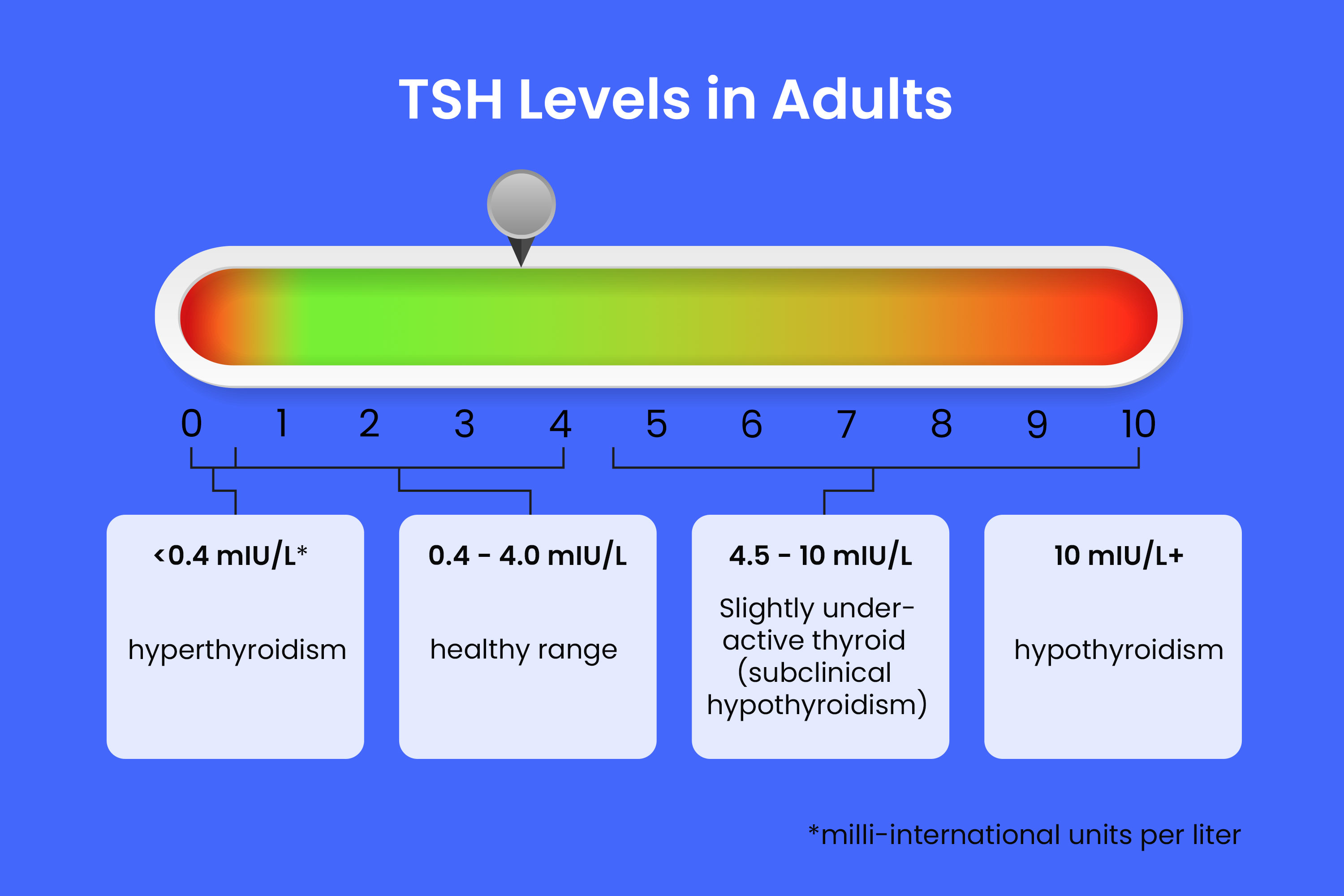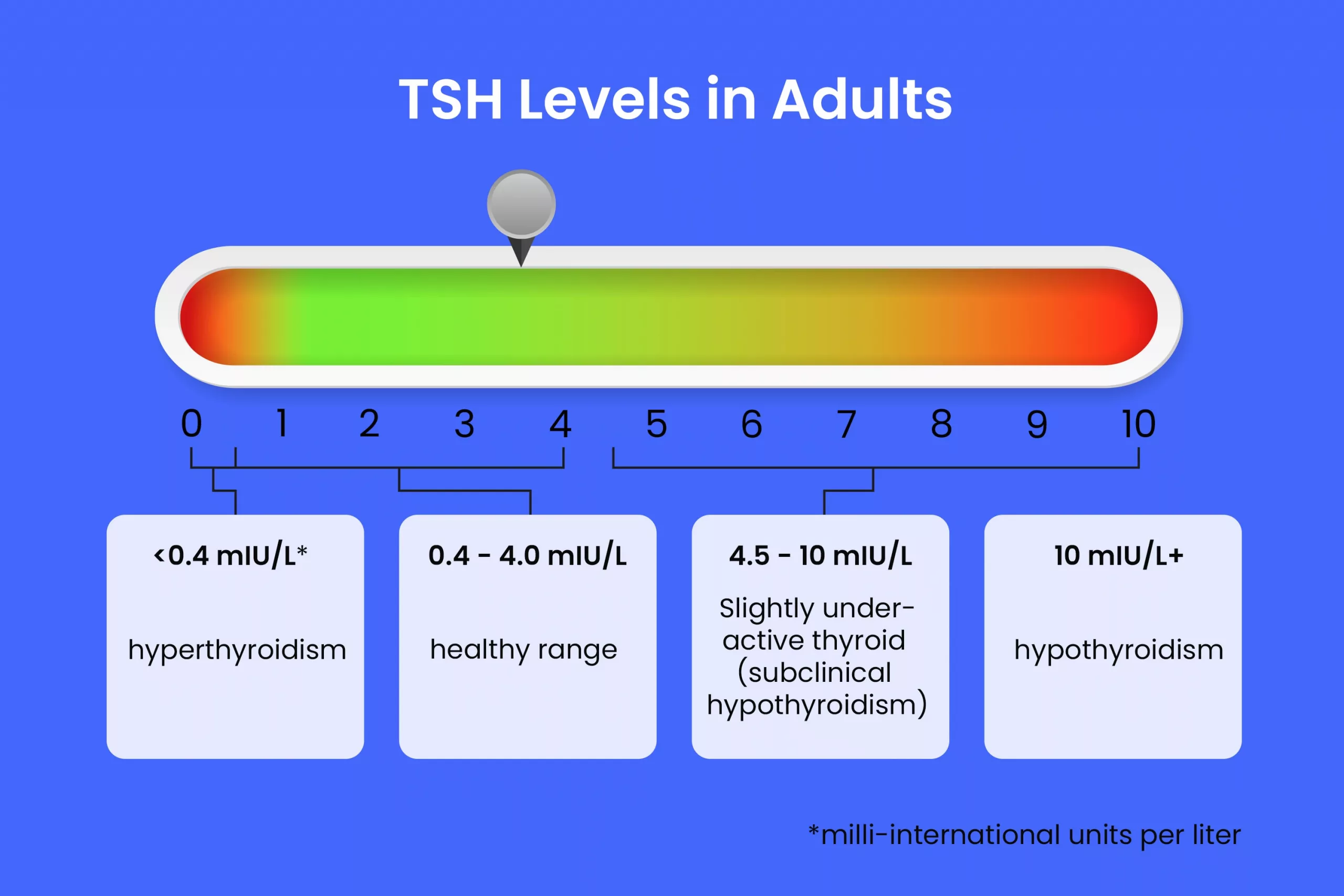
Why This Test Deserves Attention
Have you ever ignored a weird little symptom? Like, you keep telling yourself the palpitations are from too much coffee, or the exhaustion is just “life.” That was me… and also half my friends. But here’s the thing: these subtle body changes can actually be your thyroid waving a flag. And that’s where the mighty tsh w/ reflex to ft4 test comes in. It isn’t just another “wellness” buzzword—it’s actually designed to catch when your thyroid acts up before it throws your whole system out of whack.
I almost laughed when my doctor first suggested this test. “It’s just one blood draw?” I asked. “No big battery of tests?” Turns out, tsh w/ reflex to ft4 is the goldilocks test: not too much, just right. It starts with a check of your Thyroid Stimulating Hormone (that’s TSH) and, if things look off, automatically follows up with a free T4 measurement—basically, the real-deal hormone running through your bloodstream.
It Catches What Others Miss
If you’ve ever played detective with your own symptoms, you know how easy it is to get things wrong, or worse—miss them altogether. That’s why this test is a bit of a lifesaver. Say your TSH is a little wobbly (not obviously abnormal, but not quite right either), the test swoops in and checks your free T4, giving your doctor a far clearer picture of whether your thyroid is responsible for what’s going on.
Story Time…
Quick break for a real-world example! My cousin, let’s call her Jenny, would always brush off her afternoon crashes and newfound anxiety. “Just work stuff,” she said. But her doctor ran a tsh w/ reflex to ft4 (after convincing her with, “Why not? It’s just one needle…”). Her TSH was in that weird low-normal space, but her free T4 was sky-high—classic hyperthyroidism. She got on treatment, and figured out her “work stress” was actually a medical thing. Sometimes it really isn’t just in your head!
The Early Warning System
You know that friend who senses drama before it hits? That’s what this test does for your thyroid. It checks TSH (the hormone that tells your thyroid what to do) to see if it’s overreacting or slacking off. If the number looks off, boom—right to checking free T4, which is the actual thyroid hormone flooding your system. Out of whack? Your body will hit you with everything from feeling wired and jittery to dragging around like you’ve run a marathon after pulling an all-nighter.
But Wait, What Even Are “Normal” Levels?
Not all “normal” is created equal… seriously. Based on the American Thyroid Association info and my own deep-dive (and, yeah, arguing with my doctor), the average healthy TSH lands somewhere between 0.4 and 4.0 mIU/L—sometimes stretching a bit higher depending on whose chart you’re looking at. For free T4, we’re talking about 0.8 to 1.8 ng/dL. Hit the high end on T4 plus a weirdly low TSH? That’s the “uh-oh” moment that points straight to hyperthyroidism.
| Test | Normal Range | What Hyperthyroidism Looks Like |
|---|---|---|
| TSH | 0.4 – 4.0 mIU/L | Below 0.4 mIU/L |
| Free T4 | 0.8 – 1.8 ng/dL | Above 1.8 ng/dL |
(Note: Labs like to shake things up, so your numbers might carry a slightly different normal range. Ask your doc to walk you through your own results.)
Spot the Sneaky Symptoms
Let’s get honest—how many times have you explained away shakiness, sweating, or fast heartbeats as “just stress”? Yeah, me too. But according to research on thyroid hormone testing from Cleveland Clinic, these symptoms are red flags, not just quirks of your personality. The tsh w/ reflex to ft4 test is like giving your symptoms a reality check; it pulls hyperthyroidism (or even subclinical versions that aren’t super obvious) into the light before you’re stuck dealing with heart problems or serious fatigue that messes with your gym life—and your life-life.
How This Test Shows Up in Real Life
Here’s where theory meets practice. Whether you’re a marathon runner or just trying to keep up with your kids, having a thyroid that’s either in hyperdrive—or crawling—is going to impact everything. This is why doctors love how tsh w/ reflex to ft4 works. Unlike tests that cast a net over everything and then leave you with question marks, this one has a clear pathway. If your TSH comes back normal? No need to run more tests or poke yourself again. But if that first number is out of range, it instantly pairs up the free T4 to get to the bottom of things. Saves time, money, and a few extra needle pokes.
Why “Reflex” Actually Matters
I’ll be honest, I didn’t even know what a reflex test meant until my own checkup. Turns out, it’s exactly what it sounds like: the lab automatically runs an additional test (free T4) if your TSH is outside the normal range. It’s like setting an alarm—that nudges the lab tech without you having to do anything at all. Cuts waiting time in half and means you and your doc can make decisions faster (see how Cleveland HeartLab explains it).
Quick Table: TSH Alone vs. TSH w/ Reflex to FT4
| TSH Only | TSH w/ Reflex to FT4 | |
|---|---|---|
| Speed | May need to reorder test for FT4 if abnormal | FT4 checked automatically if TSH is off |
| Accuracy | Can miss subtle thyroid issues | Zeroes in on real-time problems fast |
| Cost/Effort | Cheaper up front, but may need repeats | Efficient, usually ends up cheaper long-term |
When Life Gets Complicated: Special Cases
Now, here’s a twist. If you’re planning for a baby (or expecting one), your thyroid gets super important—like, headline news important! Pregnancy shifts everything: your hormone needs skyrocket, and even tiny thyroid hiccups can impact both you and the growing little human. That’s why catching abnormal thyroid levels early matters even more during this stage. If this is on your mind, definitely skim through tsh w/reflex to ft4 pregnancy. It breaks down how the normal “ranges” for pregnancy aren’t quite the same, and why your doctor might want to keep extra close tabs using this exact test.
So… Who Should Really Care?
You might be thinking: “Is this just for people with family history?” Nope! If you’re over 35, tired for “no reason,” can’t figure out weight changes, or your heart sometimes feels like it’s drumming a solo, this test has your name on it. And for anyone already diagnosed with hypothyroidism or hyperthyroidism, tsh w/ reflex to ft4 is perfect for monitoring how well your meds are working according to MedlinePlus.
For more nitty-gritty details (or if your brain just loves the “why” behind every test), see tsh w/ reflex to ft4 for the full scoop. There’s a reason doctors order this for so many mysterious, chronic complaints. It’s like a window into what might otherwise stay invisible for years.
The Numbers Game: What Do Results Mean?
I still remember the nerves—refreshing the lab results, realizing I had zero clue if the numbers were “good” or “bad.” Here’s the breakdown:
- Low TSH and high free T4? Classic hyperthyroidism. Your thyroid’s in overdrive (confirmed by eNational Testing’s breakdown).
- High TSH, low free T4? That’s hypothyroidism—your thyroid is snoozing on the job.
- TSH is high, but T4 is normal? This is “subclinical hypothyroidism”—sort of the quiet percolating version that might, or might not, need treatment. It can fool you because a lot of these people feel totally normal… until they don’t (see these well-documented nuances).
Wondering which treatment comes next? That depends. If you’re hyperthyroid, options range from antithyroid pills (think: methimazole or PTU), radioiodine that gently quiets your thyroid, or—rarely—surgery. Most people start with pills and get back to themselves in a few weeks. Extra fun fact? There’s even an approach for those who are pregnant, where everything must be super precise; tsh w/reflex to ft4 pregnancy spells out what’s different there.
What to Ask Your Doc
If you’re lost in the labs, here’s what I wish I’d known to ask:
- Are my numbers outside the normal for my age/life stage (especially if planning pregnancy)?
- Should we monitor, or is it time for meds?
- Are there lifestyle shifts (like diet changes, supplements, or stress reduction) you’d recommend?
Let’s Get Real: Everyone’s Numbers Are Different
Thyroid labs are one of those “your mileage may vary” things. Some folks have “normal” TSH that’s actually a red alert for their body, while for others, the problem’s clear-cut. Running tsh w/ reflex to ft4 puts power back in your (and your doctor’s) hands. Not to get too dramatic, but it can literally save you from months—or years—of not feeling like yourself, missing workouts, scraping by at work, or crashing at home. I wish I’d done it sooner. Seriously.
Maybe the best part: this is all reversible. You get the numbers, flag what’s wrong, start the fixes… and you’d be shocked how fast your body can bounce back. My cousin joked hers was a “comeback story”—she felt like herself again in just weeks after starting treatment. Every comeback starts with catching the problem. For more, you can always check the deeper dive at tsh w/ reflex to ft4.
Conclusion: Don’t Wait for the Storm
If you’ve stuck with me this far, you already know the answer… don’t ignore the whispers from your body. The tsh w/ reflex to ft4 test is unbelievably simple—and powerful. If you’re feeling “off” in ways you can’t pin down, chasing weight changes, or you just want to keep living your best life, there’s zero harm in starting here. The worst that happens? You get peace of mind. The best? You get your energy, mood, and spark back—way sooner than you might think. So go ahead, ask your doctor about it. Or dig through your old blood work and see what’s been measured. The fix is often closer than you think; sometimes, the right test is all it takes to catch that storm before it ever hits. Let me know if you try it—or if you have wild thyroid stories of your own. And hey, remember: you’re not alone, and you definitely don’t have to settle for feeling less than your best. Here’s to listening when your body whispers, instead of waiting for it to shout.


















Leave a Reply
You must be logged in to post a comment.